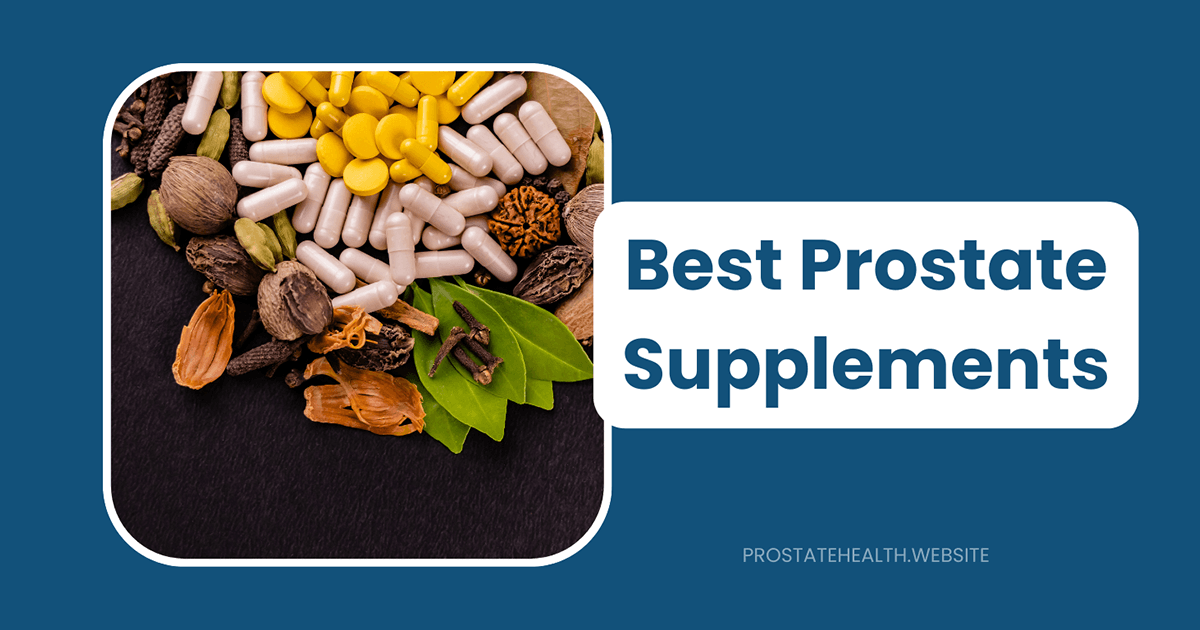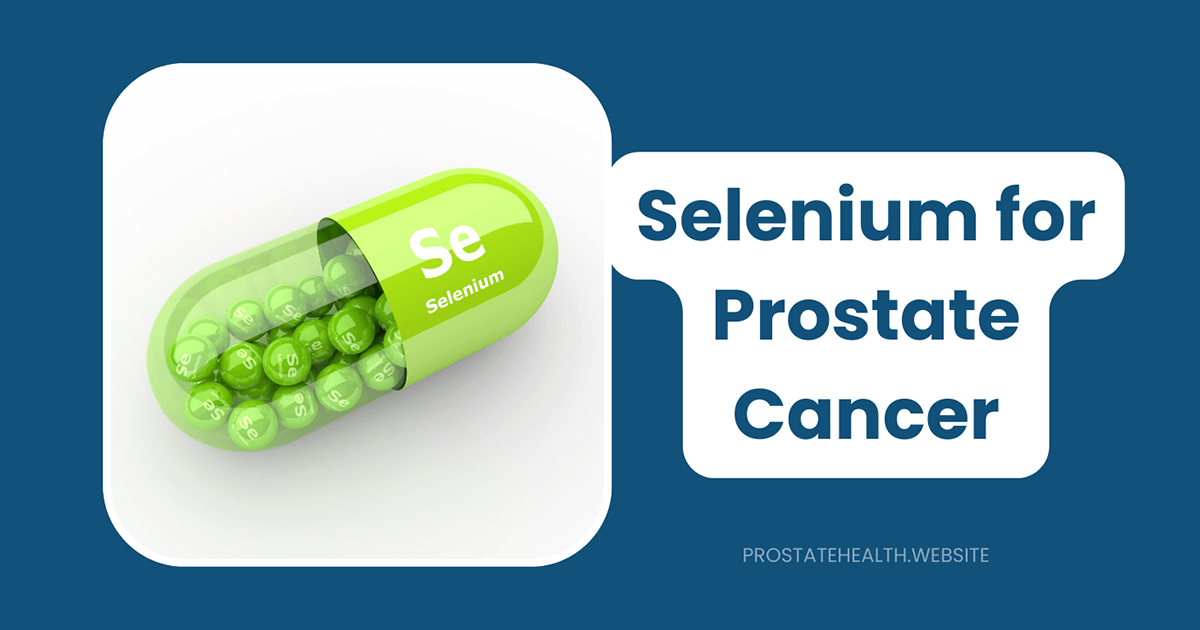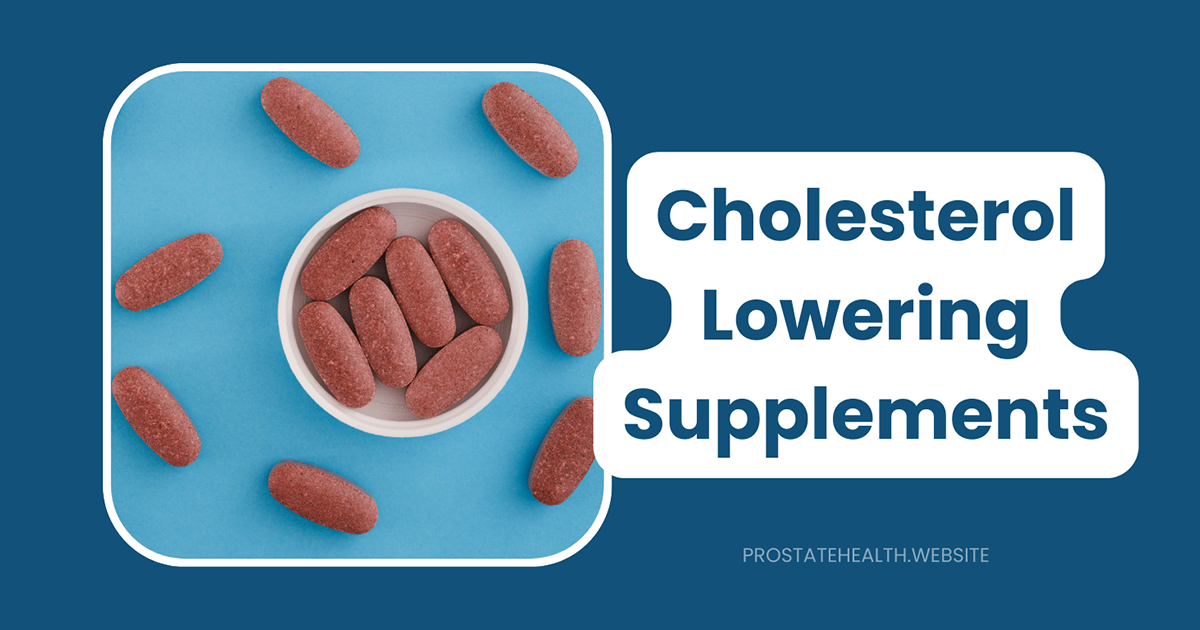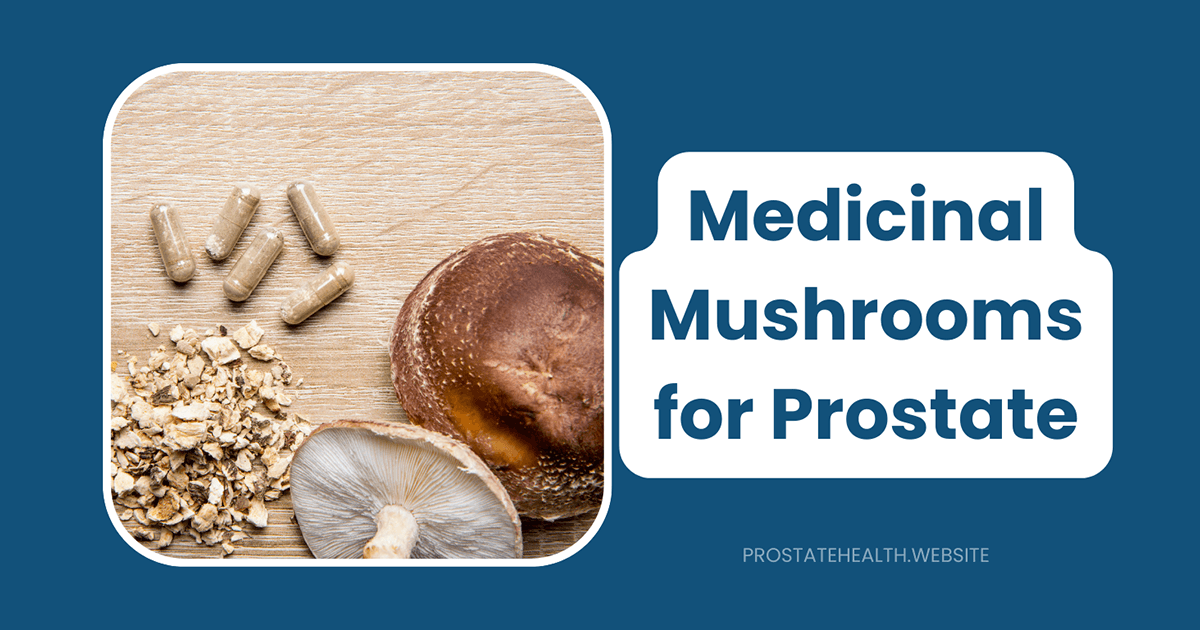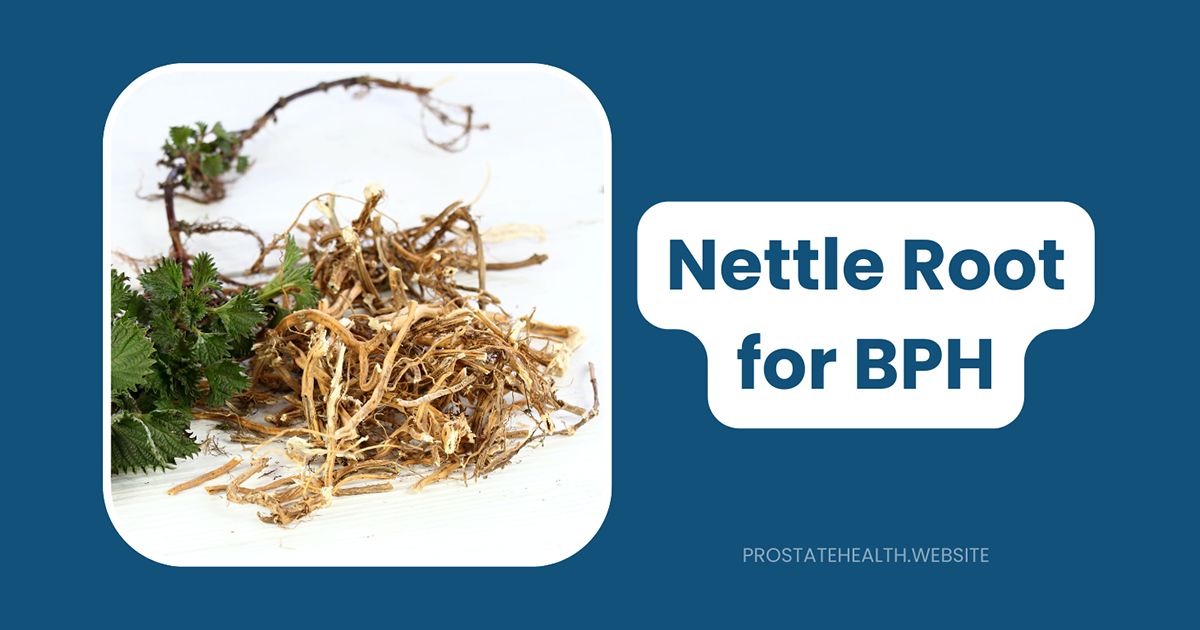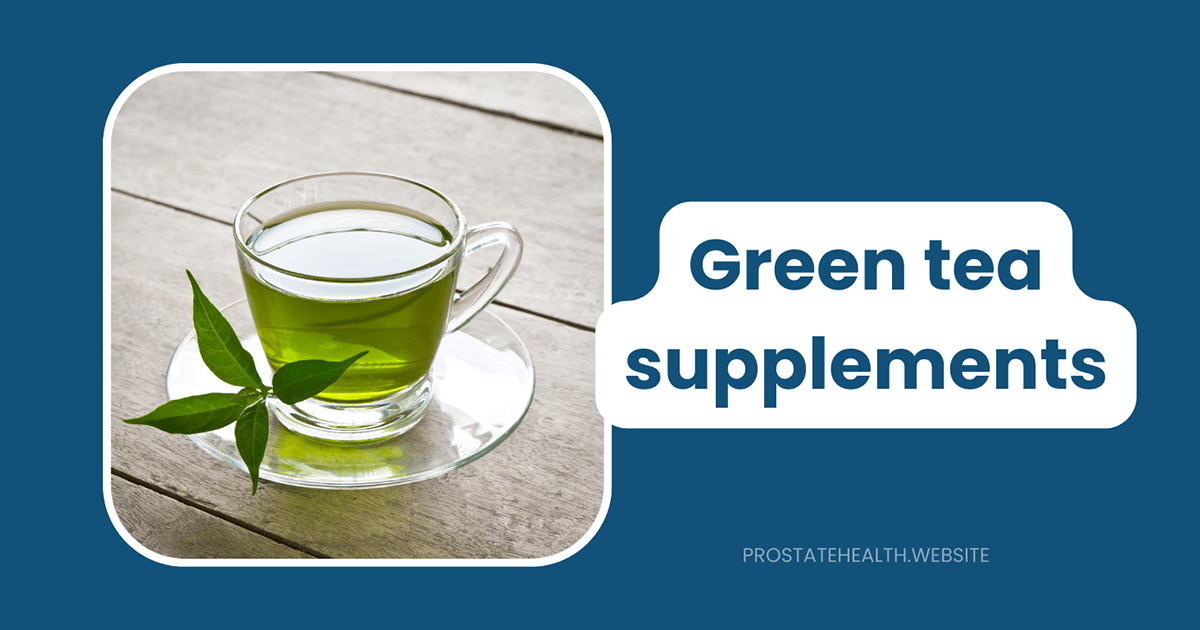Saw Palmetto for Prostate Health: Evidence and Dosage Guidelines
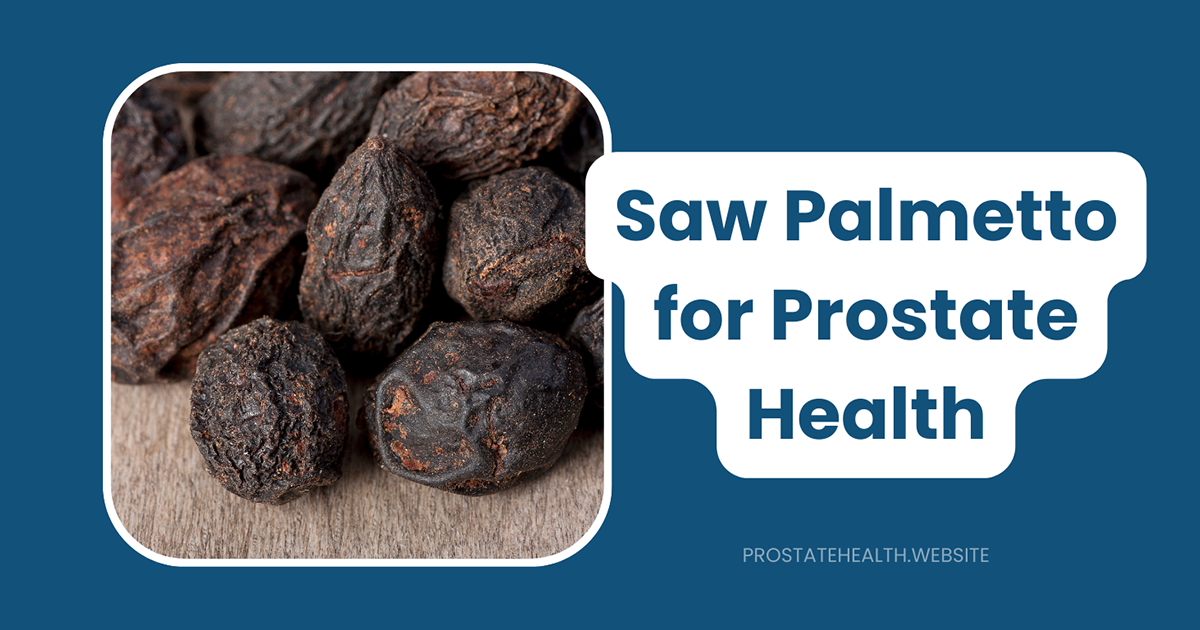
When I first noticed changes in my urinary patterns at age 52—the increased frequency, the nighttime trips to the bathroom, the frustrating hesitancy—I did what many men do. I started researching alternatives to prescription medications. Inevitably, saw palmetto appeared at the top of nearly every list of natural remedies for prostate health.
Like many men, I was drawn to the idea of a natural solution with supposedly fewer side effects than pharmaceutical options. I purchased a bottle that same day. But what I didn’t do—and what I wish I had—was take a deeper look at the scientific evidence behind this popular supplement.
Today, I want to share what I’ve learned about saw palmetto in the years since, including what the latest research tells us about its effectiveness, the appropriate dosages, and who might benefit from it. My goal isn’t to advocate for or against saw palmetto, but to provide you with the balanced information you need to make an informed decision about your prostate health.
What Is Saw Palmetto?
Saw palmetto (Serenoa repens) is a small palm tree native to the southeastern United States, particularly Florida. The medicinal part comes from its berries, which have been used for centuries by Native Americans for various urinary and reproductive issues.
The berries contain a complex mixture of compounds, including:
- Fatty acids (lauric, myristic, palmitic, and oleic acids)
- Plant sterols (β-sitosterol, stigmasterol, and others)
- Flavonoids
- Polysaccharides
Modern saw palmetto supplements are typically made from an extract of these berries, standardized to contain 85-95% fatty acids and sterols, which are believed to be the active components.
Historical Use and Modern Popularity
Native Americans from the Seminole tribe used saw palmetto berries as food and medicine, treating urinary and reproductive problems in men. European settlers adopted these practices, and by the early 20th century, saw palmetto was listed in the United States Pharmacopeia as a treatment for prostate enlargement.
Today, saw palmetto is one of the most commonly used supplements for men’s health. According to a 2023 market analysis, the global saw palmetto extract market exceeds $700 million annually, with prostate health products accounting for over 70% of sales.
In Europe, particularly Germany and France, saw palmetto extracts are actually prescribed by physicians as a first-line treatment for mild to moderate BPH symptoms. The extract Permixon® is registered as a medication in over 40 countries worldwide.
How Saw Palmetto Is Thought to Work
Researchers have proposed several mechanisms by which saw palmetto might benefit prostate health:
1. 5α-Reductase Inhibition
The most widely accepted theory is that saw palmetto inhibits the enzyme 5α-reductase, which converts testosterone to dihydrotestosterone (DHT). DHT is a potent androgen that contributes to prostate growth and potentially to benign prostatic hyperplasia (BPH).
Unlike the prescription medication finasteride (Proscar), which only inhibits the type II isoform of 5α-reductase, saw palmetto appears to inhibit both type I and type II isoforms, and it does so in a non-competitive manner.
2. Anti-Inflammatory Effects
Chronic inflammation plays a role in BPH development and progression. Laboratory studies suggest that saw palmetto extract reduces several inflammatory markers, including interleukin-1β and tumor necrosis factor-α (TNF-α).
A 2023 study published in the Journal of Inflammation found that saw palmetto extract reduced prostatic inflammation in an animal model of BPH by approximately 40%.
3. Receptor Binding
Saw palmetto extracts have been shown to bind to certain receptors in the lower urinary tract, including:
- α1-adrenergic receptors (similar to prescription alpha-blockers like tamsulosin)
- Muscarinic receptors
- 1,4-dihydropyridine receptors
This binding may help relax smooth muscle in the prostate and bladder neck, potentially improving urinary flow.
4. Anti-Proliferative Effects
Some research suggests that saw palmetto may inhibit prostate cell growth and promote apoptosis (programmed cell death), which could theoretically help prevent excessive prostate enlargement.
The Scientific Evidence: What Do Studies Actually Show?
The research on saw palmetto for prostate health has produced mixed results, with earlier studies generally being more positive than more recent, larger trials.
Early Promising Results
In the 1990s and early 2000s, several small to medium-sized studies suggested benefits:
- A 1996 study published in The Prostate found that 160 mg of saw palmetto extract twice daily improved urinary flow rate and reduced nighttime urination in men with BPH.
- A 1998 meta-analysis in JAMA reviewed 18 randomized controlled trials and concluded that saw palmetto improved urinary symptoms and flow measures compared to placebo.
- A 2002 Cochrane review of 21 studies involving 3,139 men found moderate evidence that saw palmetto improved urinary symptoms and flow measures, with effects similar to finasteride but with fewer side effects.
Recent Larger Trials Show Less Benefit
More recent, larger, and more rigorously designed studies have cast doubt on saw palmetto’s effectiveness:
- The STEP Trial (2006): This NIH-funded study of 225 men with moderate to severe BPH symptoms found no difference between saw palmetto (160 mg twice daily) and placebo after one year of treatment.
- The CAMUS Trial (2011): This larger follow-up study tested escalating doses of saw palmetto (starting at 320 mg daily and increasing to 960 mg daily) in 369 men over 72 weeks. Again, researchers found no difference between saw palmetto and placebo in relieving BPH symptoms.
- A 2023 Cochrane Review analyzed 27 studies with 4,656 participants and concluded that saw palmetto, even at double and triple doses, provided little to no improvement in urinary symptoms compared to placebo.
Dr. Andrew Avins, a principal investigator on the CAMUS trial, noted: “We were disappointed to find that increasing doses of saw palmetto did not improve symptoms more than placebo. It’s important for men to know that, at least based on current evidence, they may not see a benefit from this widely used supplement.”
Combination Therapies Show More Promise
Interestingly, studies examining saw palmetto in combination with other natural compounds have shown more positive results:
- A 2014 randomized trial found that a combination of saw palmetto, lycopene, selenium, and tamsulosin was more effective than single therapies in improving urinary symptoms and flow rate.
- The SPRITE Study (2018) with 404 participants found that treatment with saw palmetto, selenium, and lycopene was not inferior to tadalafil 5 mg for improving urinary symptoms and flow rate.
This suggests that saw palmetto might work better as part of a comprehensive approach to prostate health rather than as a standalone treatment.
Dosage Guidelines: How Much Should You Take?
If you’re considering trying saw palmetto despite the mixed evidence, it’s important to understand the appropriate dosage and formulation.
Standard Dosage
The most commonly studied and recommended dosage is:
- 320 mg per day of a liposterolic extract (containing 85-95% fatty acids and sterols)
- This can be taken as a single 320 mg dose or divided into two 160 mg doses
Formulation Matters
Not all saw palmetto products are created equal. The extraction method significantly affects the composition and potentially the effectiveness of the supplement:
- Liposterolic (fat-soluble) extracts: Most positive studies used liposterolic extracts made using hexane or ethanol extraction. These contain higher concentrations of fatty acids and sterols.
- Berry powder: Some supplements contain simply ground berry powder, which may not provide the same concentration of potentially active compounds.
- Liquid extracts: Tinctures and liquid extracts are also available but have been less extensively studied.
When choosing a product, look for:
- A standardized extract containing 85-95% fatty acids and sterols
- A reputable manufacturer that follows Good Manufacturing Practices (GMP)
- Third-party testing for purity and potency
Duration of Use
If you decide to try saw palmetto:
- Allow at least 4-8 weeks to assess initial effects
- Most studies evaluated outcomes after 6-12 months of continuous use
- Consult with your healthcare provider about long-term use
Safety Profile and Side Effects
One of the main attractions of saw palmetto is its relatively favorable safety profile compared to prescription medications for BPH.
Common Side Effects
Side effects are generally mild and infrequent, but may include:
- Digestive issues (nausea, constipation, diarrhea)
- Headache
- Dizziness
- Fatigue
- Decreased libido (though much less commonly than with prescription 5α-reductase inhibitors)
Drug Interactions
Saw palmetto may interact with:
- Blood thinners (warfarin, aspirin, clopidogrel): Saw palmetto may increase bleeding risk
- Hormonal medications: Theoretically, saw palmetto could interact with hormone therapies
- 5α-reductase inhibitors (finasteride, dutasteride): Combining these may not provide additional benefit
Special Considerations
- PSA testing: Unlike prescription 5α-reductase inhibitors, saw palmetto does not appear to lower PSA levels, which is beneficial for prostate cancer screening.
- Surgery: Discontinue saw palmetto at least 2 weeks before scheduled surgery due to potential bleeding risk.
- Pregnancy and breastfeeding: Not recommended due to its effects on hormone metabolism.
Who Might Benefit from Saw Palmetto?
Despite the mixed evidence, certain men might consider trying saw palmetto:
Potential Candidates
- Men with mild BPH symptoms who prefer to try natural approaches first
- Those who experience side effects from prescription BPH medications
- Men looking for a complement to lifestyle modifications for prostate health
- Those using it as part of a comprehensive approach that includes other evidence-based supplements
Who Should Probably Look Elsewhere
- Men with moderate to severe BPH symptoms
- Those with complications of BPH (urinary retention, recurrent infections)
- Men who have not had a proper medical evaluation for their urinary symptoms
- Anyone expecting dramatic or rapid improvement in symptoms
Beyond Saw Palmetto: A Comprehensive Approach to Prostate Health
Whether or not you decide to try saw palmetto, it’s important to take a holistic approach to prostate health:
Lifestyle Modifications
- Stay hydrated, but reduce fluids in the evening
- Limit alcohol and caffeine, which can irritate the bladder
- Maintain a healthy weight through diet and exercise
- Practice pelvic floor exercises to improve bladder control
- Manage stress, which can worsen urinary symptoms
Other Evidence-Based Supplements
Several other natural compounds have shown promise for prostate health:
- Beta-sitosterol: A plant sterol with multiple studies supporting its benefit for BPH symptoms
- Pygeum africanum: Bark extract with anti-inflammatory properties
- Rye pollen extract (Cernilton): Shown to improve symptoms in some studies
- Stinging nettle root: Often combined with saw palmetto in European formulations
Medical Approaches
Don’t forget that effective medical treatments are available:
- Alpha-blockers (tamsulosin, alfuzosin): Relax smooth muscle in the prostate and bladder neck
- 5α-reductase inhibitors (finasteride, dutasteride): Shrink the prostate over time
- Phosphodiesterase-5 inhibitors (tadalafil): Improve both urinary symptoms and erectile function
- Minimally invasive procedures: Various options for moderate to severe symptoms
Real Men, Real Experiences: Case Studies
James, 58: “I tried saw palmetto for six months after my doctor diagnosed mild BPH. I noticed a slight improvement in nighttime urination, going from 3 times per night to about 2. Not dramatic, but enough that I’ve continued taking it along with making dietary changes.”
Robert, 64: “I used saw palmetto for a year with no noticeable benefit. My urologist eventually prescribed tamsulosin, which made a significant difference within weeks. I wish I hadn’t waited so long to try prescription medication.”
Michael, 55: “I’ve been taking a combination supplement with saw palmetto, beta-sitosterol, and zinc for about 8 months. My symptoms have improved considerably, though I can’t say which ingredient is helping the most. I’ve also lost 15 pounds and cut back on coffee, which probably contributes to the improvement.”
Making an Informed Decision: Questions to Ask Yourself
If you’re considering saw palmetto, ask yourself:
- How severe are my symptoms, and how much do they affect my quality of life?
- Have I had a proper medical evaluation to rule out prostate cancer or other conditions?
- Am I willing to try a supplement with mixed evidence that may take months to show effects?
- Have I discussed this option with my healthcare provider?
- Am I prepared to monitor my symptoms and seek medical help if they worsen?
Conclusion: Balancing Hope and Evidence
Saw palmetto represents an interesting intersection of traditional use, scientific research, and men’s desire for natural health solutions. While the most rigorous studies suggest limited benefit for most men with BPH, the relatively good safety profile means it may be worth considering as part of a comprehensive approach to prostate health for some men.
What’s most important is that you make an informed decision based on current evidence rather than marketing claims, and that you work with healthcare providers who respect your preferences while ensuring you receive appropriate care.
Remember that prostate health exists on a spectrum, and what works for one man may not work for another. By staying informed and proactive, you can navigate the complex landscape of prostate health options and find the approach that works best for you.
Have you tried saw palmetto for prostate health? Share your experience in the comments below.

